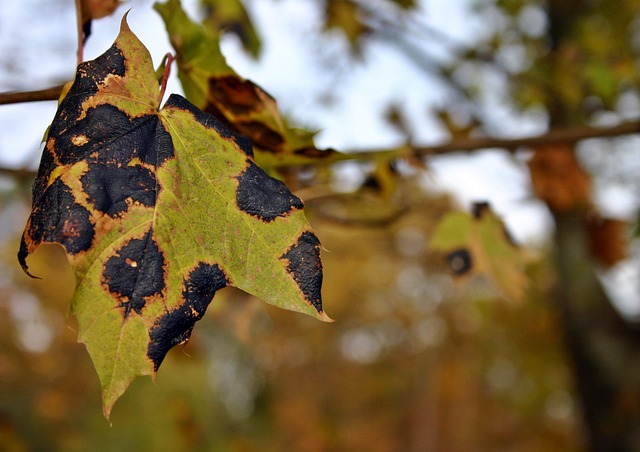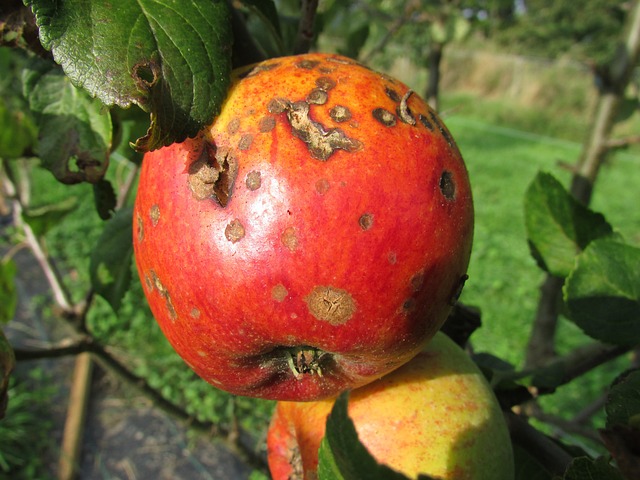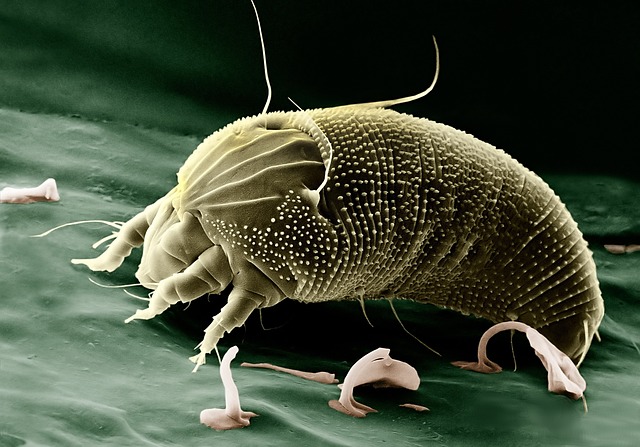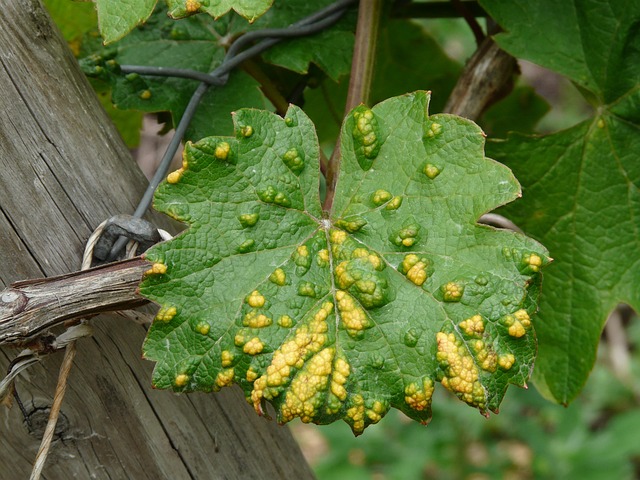As your new plants are off to the races growing, blooming, and producing, some of you may find something about them is off or even unwell. That’s because plants can also get sick and catch diseases that can be benign, treatable, or deadly. Here are some diseases to look out for:

Fungal Diseases
While some fungi are good for plants, most are harmful, making this a more common disease for your plant to potentially experience. Fungi sit in the soil where they can attack above and below the ground, causing symptoms like rotting, swelling, dead roots, yellow leaves or spots, wilting, rust, and mildew. Fungal spores can also travel by air, water, animals, insects, and people. You can prevent fungi with disease-resistant plants, minimizing water-contacting foliage, watering the soil directly in the morning, and spacing plants to allow for air circulation. Once a plant is infected, remove it entirely or by part from the garden and destroy them. Apply a fungicide like Mancozeb or Fung-onil or organic products like copper, baking soda, or sulfur to prevent the germination of new spores. Common fungal diseases to look out for are clubroot, powdery mildew, dutch elm disease, cedar apple rust, verticillium, boxwood blight, and anthracnose.

Bacterial Diseases
Most bacteria are actually beneficial for plants and soil, but there are about 200 types that cause diseases. They act in warm, humid environments and may show up in symptoms like leaf spots, clogging the plant’s ability to transport nutrients and water, wilting, water-soaked lesions, cankers, soft rot sunken areas, and abnormal growth like galls. Bacteria enter through tiny openings like cuts or natural openings and can spread from tools, other sick plants, water, and insects. Once a plant is infected, remove it entirely or by part from the garden and destroy them. Be sure to use copper sprays and clean equipment for a while to ensure the disease doesn’t linger or spread. Common bacterial diseases to look out for are fire blight, crown gall, and aster yellows.

Viral Diseases
Viruses can lurk for many years until they show up as symptoms like mosaic patches or yellow leaves, stunted growth, or disfigured plant shapes, like swollen or narrow leaves. Viral diseases must enter physically by insects feeding on plants and transmitting viruses, human contact, infected seeds, or plant propagation. Once a sick plant is detected, all potentially infected plants must be removed and destroyed to protect the others. A common virus many homeowners face is rose rosette disease, which is a virus that spreads from a tiny mite and makes your beautiful roses deformed. If you find it in your yard, remove the plant entirely, and don’t try to replant in the same area for a few seasons so the virus in the soil dies off.
At Burger Farm and Garden Center, we want to equip everyone with the tools and knowledge to make their plants, lawn, and garden beautiful and healthy. Learn more and visit us today at burgerfarms.com.


